If you’re trying to produce some high quality cannabis, you have to be meticulous throughout the entire growing process. Mess up during the veg stage, mess up during the flowering stage, or any stages for that matter, and your final product is going to be terrible.
Out of these stages, one of the most important is the post-harvest drying of your buds. Properly drying and curing your cannabis removes moisture, prevents mold, and locks in the cannabinoids and terpenes that make us feel great after smoking or vaping quality cannabis.
Let’s talk about how to properly dry your ganja.
The difference between drying and curing weed
The first thing to know about drying cannabis is the difference between drying and curing.
Drying cannabis is all about removing the water inside and outside of the buds so they don’t get moldy and disgusting. Curing your cannabis is the process of storing buds post-trim and allowing them to mature into the aromatic, flavorful, effective flower that we all love to smoke.
Scientifically speaking, beyond just getting rid of excess water, properly drying and curing your cannabis plants breaks down the chlorophyll in the buds, and ensures that the final flower is flavor packed with a tasty, smooth finish.
How to dry your weed
Logistically, drying cannabis is a simple process. Most people use drying rooms where they hang harvested buds from clothing lines or lay trimmed buds across a drying rack. The difficult part of the process is ensuring that you have the proper environment i.e. temperature and humidity.
What you need to dry weed:
- Clothing line or drying rack
- Hygrometer
- Fans
- Air conditioner/heater
- Humidifier/Dehumidifier
Your drying room’s optimal temperature should hover between 60 and 70 degrees Fahrenheit, with optimal humidity ranging between 55 and 65 percent.
Too cold of temperatures and your weed will take longer to dry; too hot of temperature and those volatile terpenes will burn off, leaving you with grass-tasting weed.
Too low of a humidity and your buds will dry too fast; too high of a humidity and your buds will be wet and grow mold.
Tools like hygrometers, air conditioners/heaters, and humidifiers/dehumidifiers, and fans make managing your drying room much easier.
Hygrometers measure the humidity of the room, air conditioners/heaters help raise and lower the temperature, while humidifiers/dehumidifiers raise and lower humidity. Additionally, fans can help pull moisture from your buds.
How long does it take to dry weed
Typically, it takes anywhere from three days to a full week to dry your cannabis. There are ways to dry your buds even quicker, but taking the fast route will just lower the plant’s quality, and leave you with an undesirable smoke.
To know when your buds are properly dried, you simply have to check them daily and monitor progress along the wall. Once the branches snap instead of bending, and the buds feel completely dry to the touch, instead of sticky and moist, you’ll be ready to transition into the final stage of the weed drying process: curing.
Tips on how to properly cure cannabis
Drying and curing go hand in hand like peanut butter and jelly. The better your cure, the more potent your buds, and the longer you’ll be able to preserve your bud’s quality. Some sources say you can store properly cured buds for up to two years.
What you need to cure weed:
- Glass mason jars
- A dark, cool environment
- Humidipaks
Just like drying cannabis, curing cannabis is pretty simple. It all comes down to how and where you store it.
The how should be glass mason jars with airtight seals that will prevent buds from drying out; the where should be a dark, cool environment that will prevent light from degrading/decarboxylating your weed before you can even consume it.
Think about it like this: the fire you apply to a joint decarbs the plant and activates the THC in it. Same thing when you heat up oil with a vape battery. If you store your dried and cured cannabis improperly, those precious cannabinoids will degrade, which means when you crack the jar and roll up your flower, it will be weak and undesirable (and probably make you tired).
This is why, if you ever tour a commercial cannabis farm, you’ll see cannabis drying in cool, airy rooms and curing in cool, dark, blacked-out rooms.
The optimal humidity for curing buds is 62%. Dropping a humidipak into your jars can help maintain this.
How long does it take to cure weed
Typically, the curing process for cannabis is between two and four weeks. However, some growers like to cure for much longer, with the idea being that the longer your cannabis cures, the better its final quality will be.
It all depends on the plant, the strain, the genetics, who grew it, and personal preference.
To know when your cannabis is cured, it’s really all about an eye test. Every day or two, check your buds texture to see how they feel. If they’re soft and moist, you should burp the jars and allow a little air in there to help the buds dry.
Burping your jar is simply removing the tops during the curing process to ensure moisture is released during the cure.
Once your weed is done curing, you’ll finally be ready to inhale those bold flavors and feel those potent effects that you worked so hard on for months. Enjoy, my friend. You earned it.
Recommended Reading: Is A Weed Growing Kit Worth The Money?
Need a little more Bluntness in your life? Check our YouTube page!
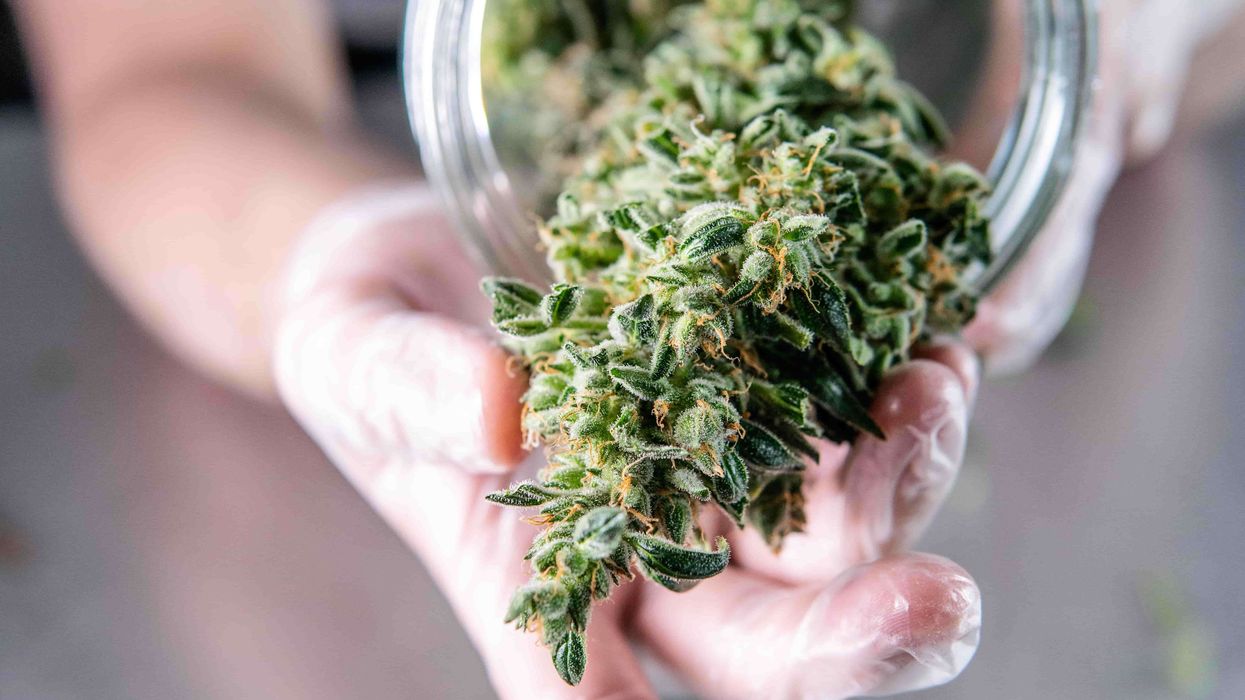

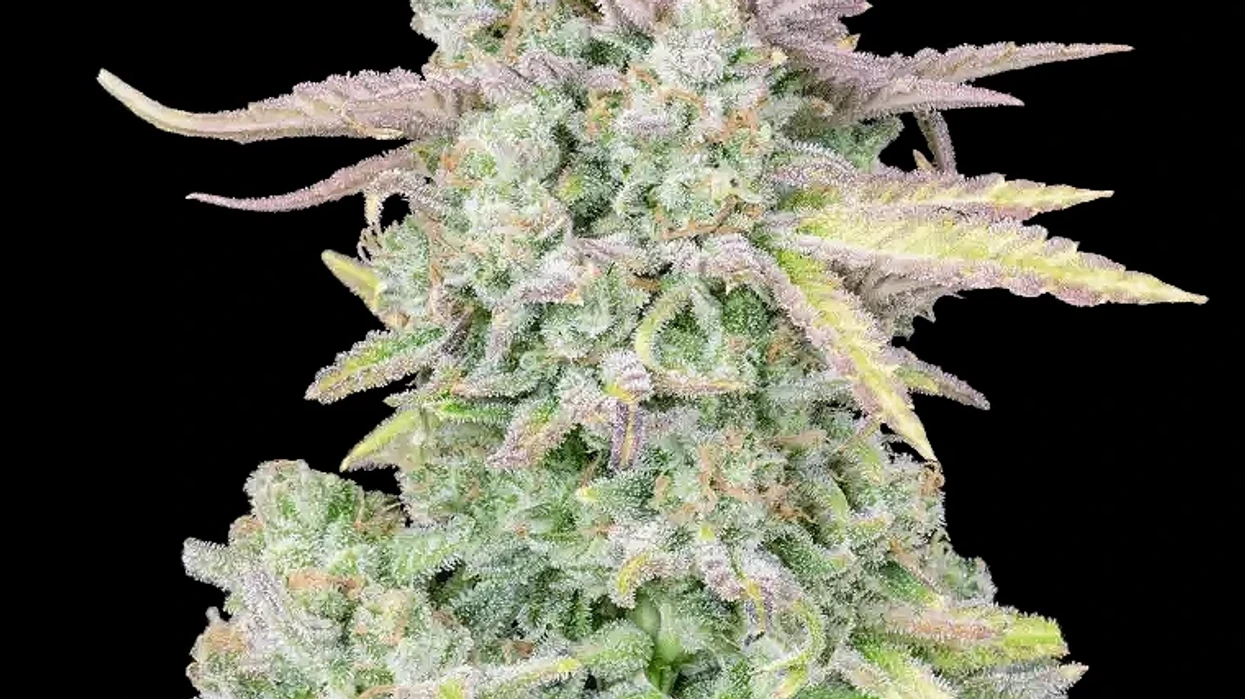


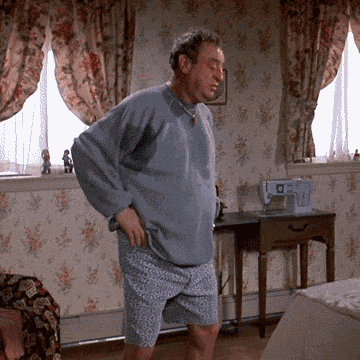
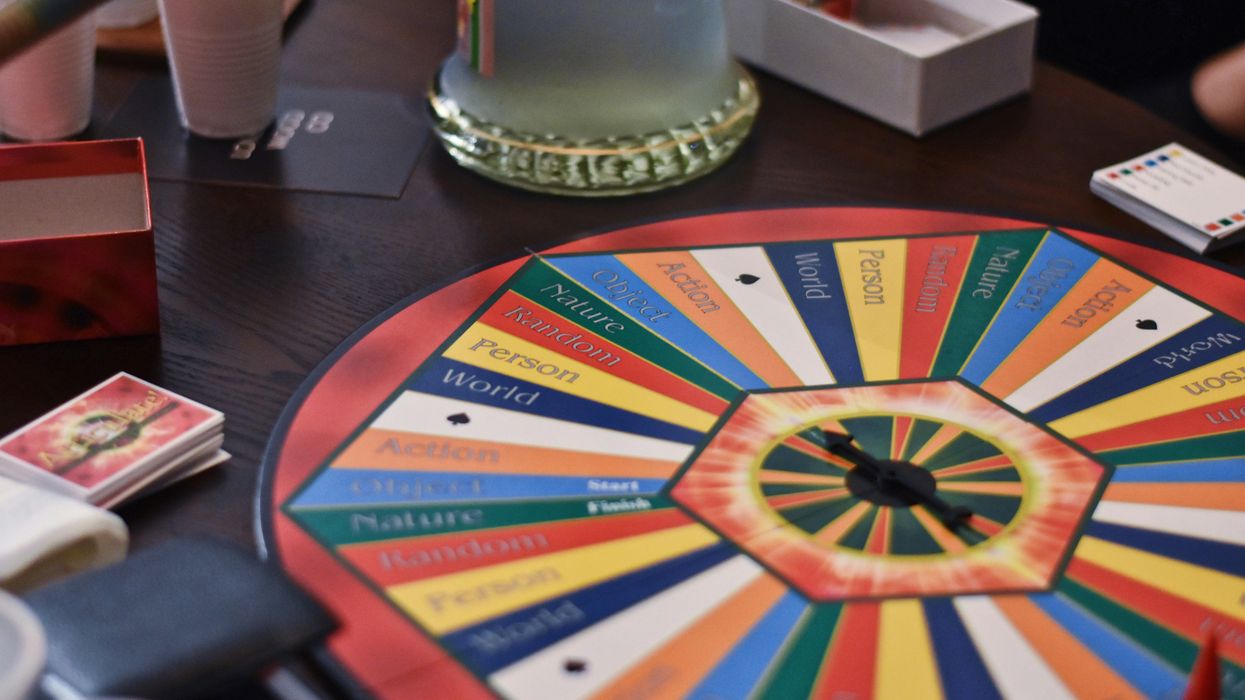
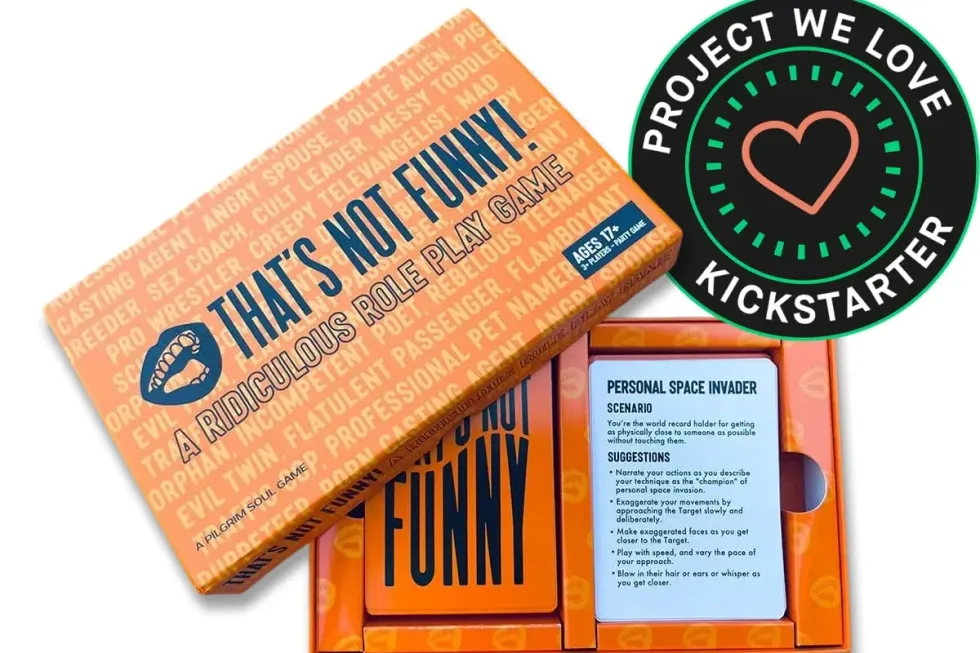
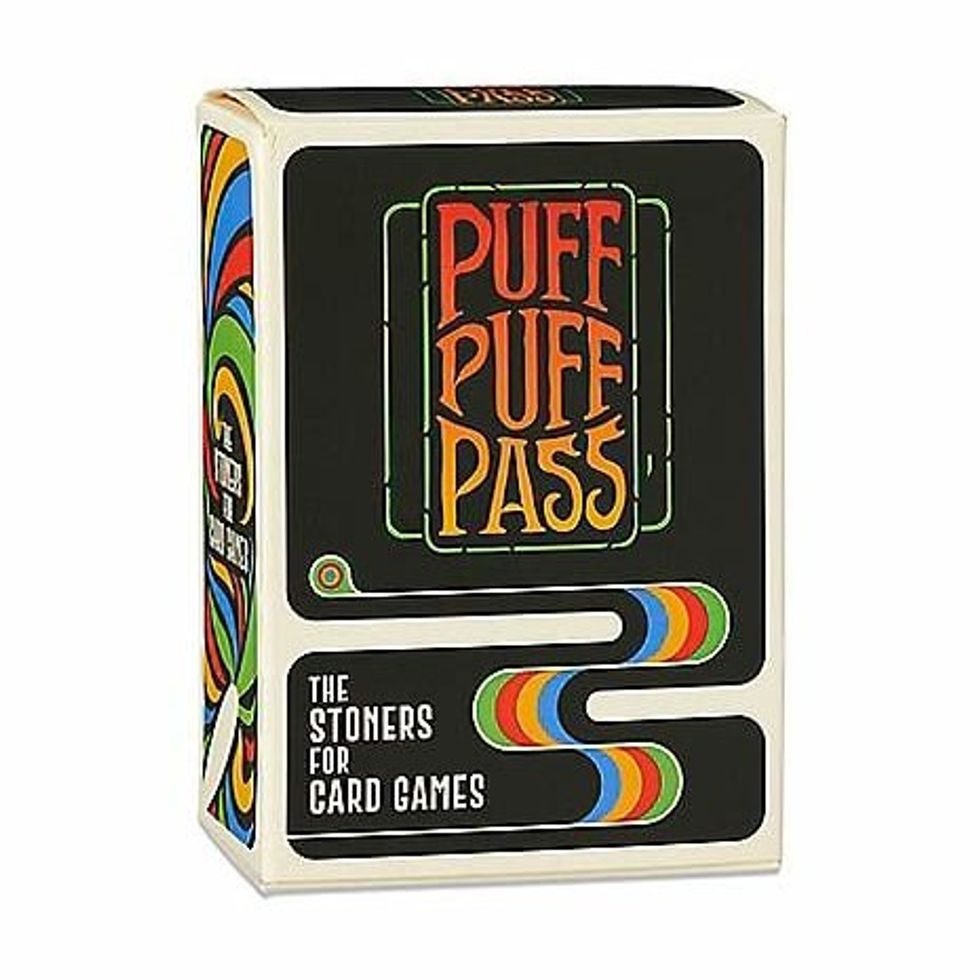
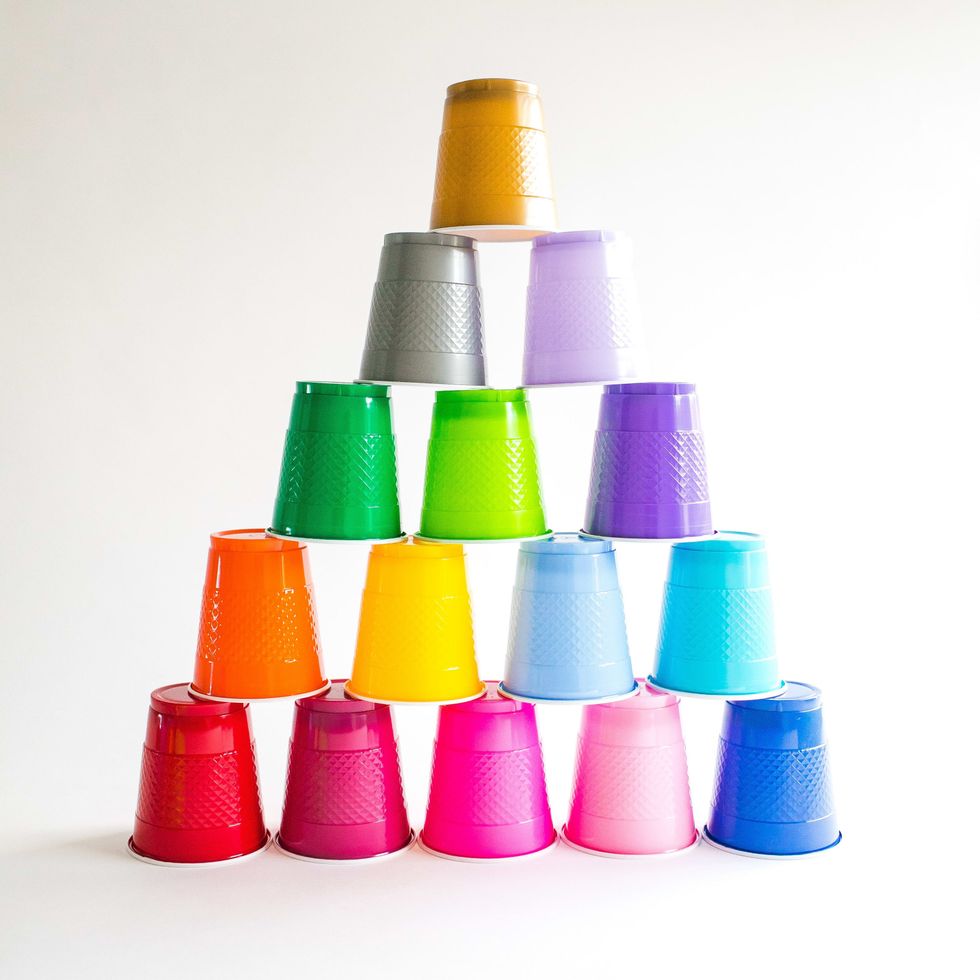
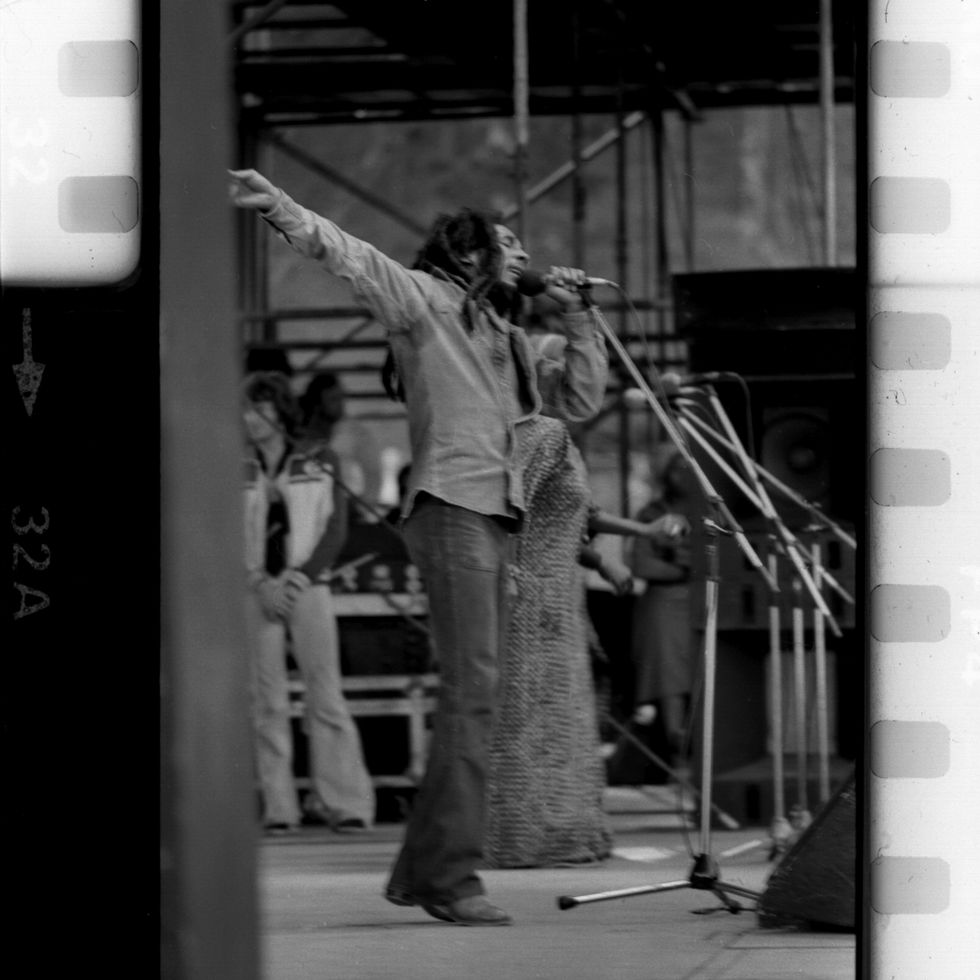 Best Weed Smoking Games to Try - Jammin'
Best Weed Smoking Games to Try - Jammin'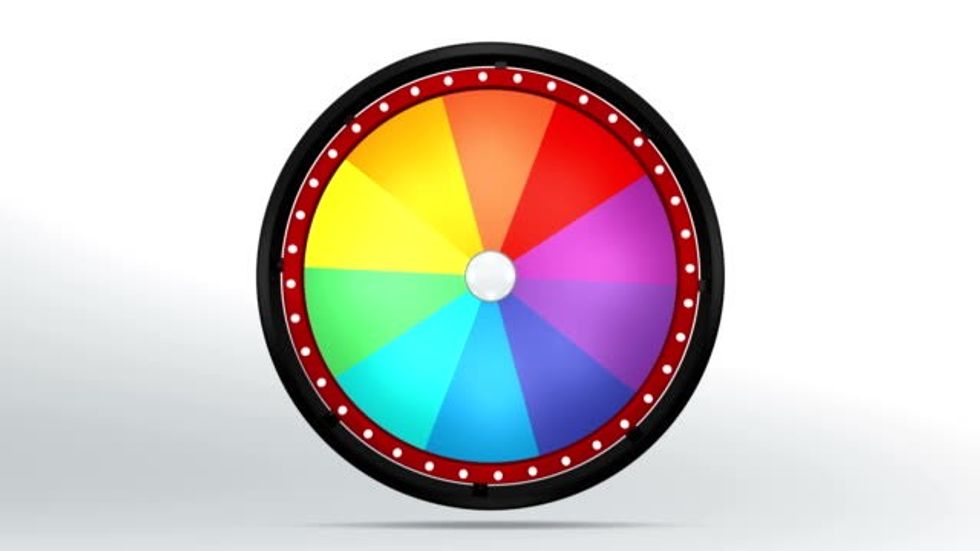 The 31 Best Weed Smoking Games To Try
The 31 Best Weed Smoking Games To Try The Best Weed Smoking Games
The Best Weed Smoking Games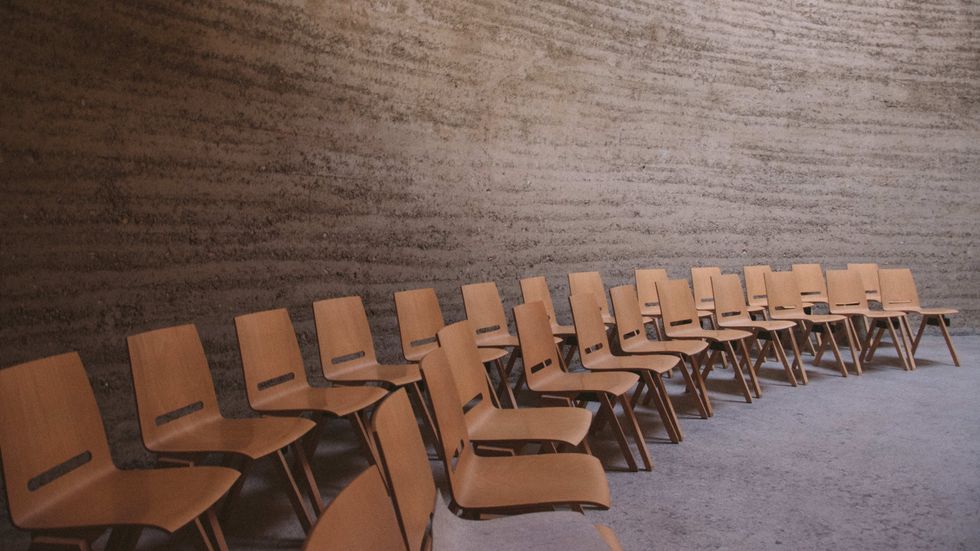 The Best Weed Smoking Games to Try
The Best Weed Smoking Games to Try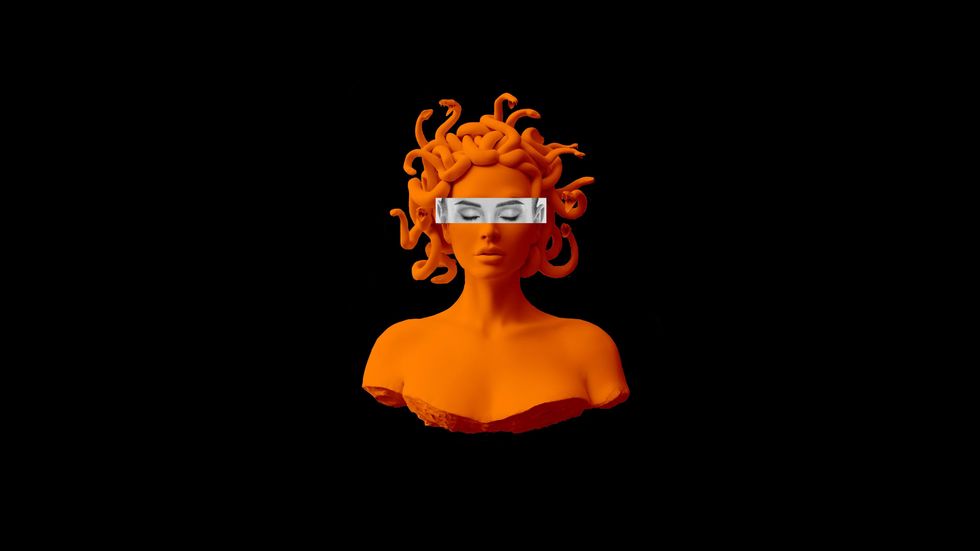
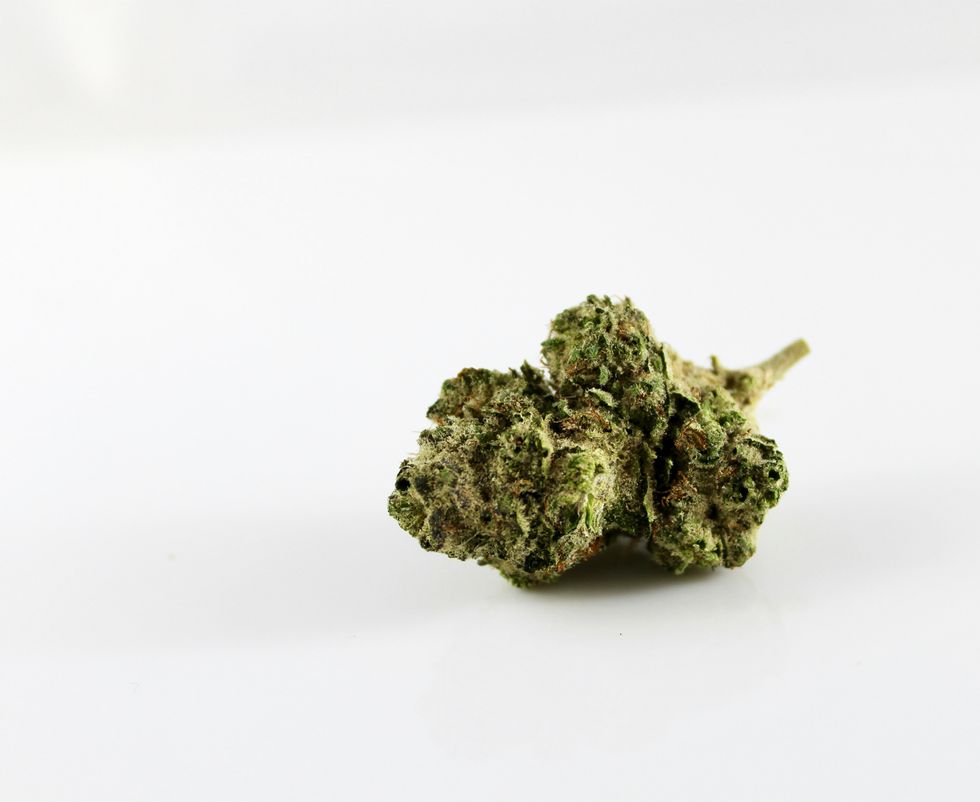
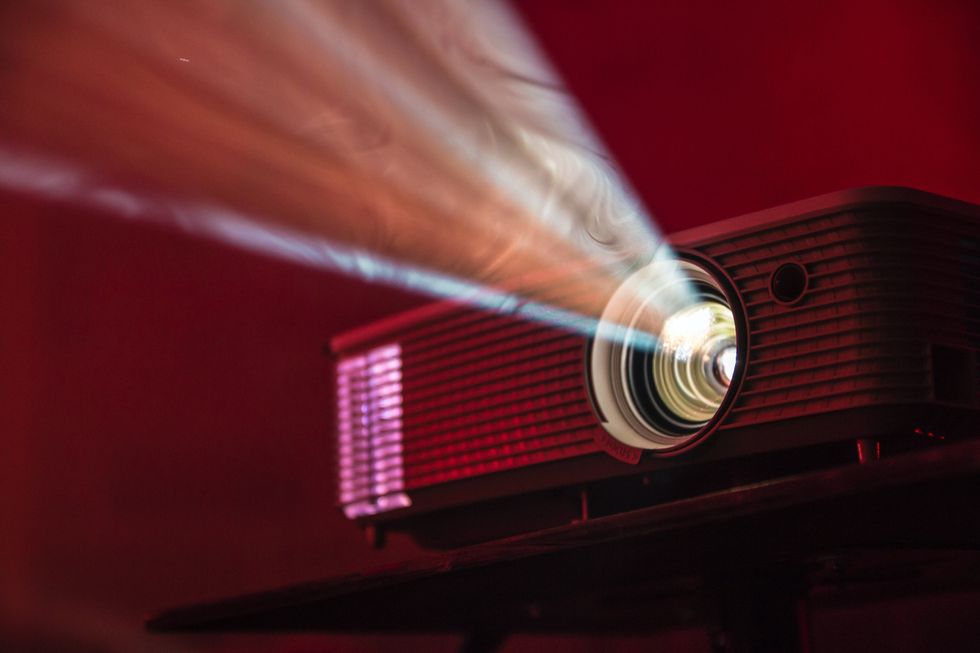 Stoner Games - Games to Play While High
Stoner Games - Games to Play While High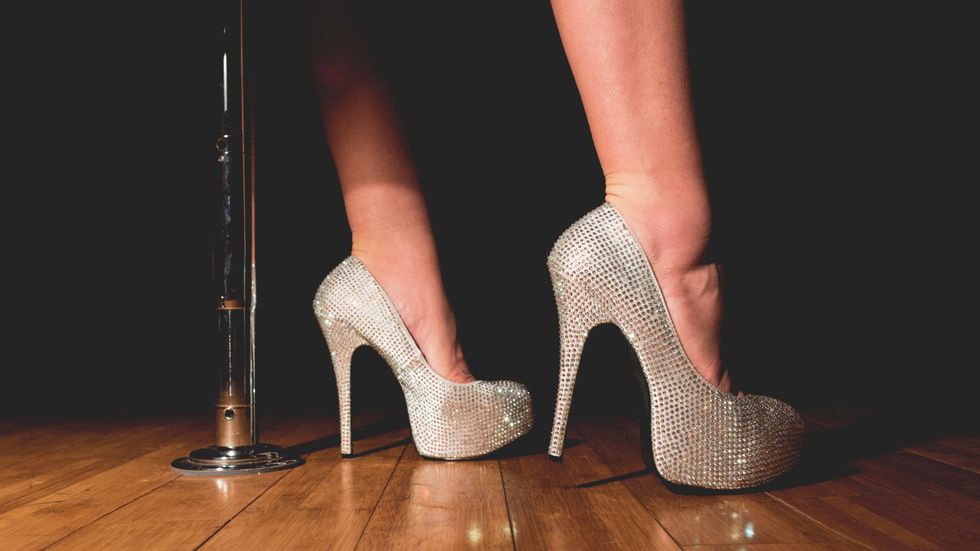 The Best Weed Smoking Games to Play
The Best Weed Smoking Games to Play The Best Weed Smoking Games to Try
The Best Weed Smoking Games to Try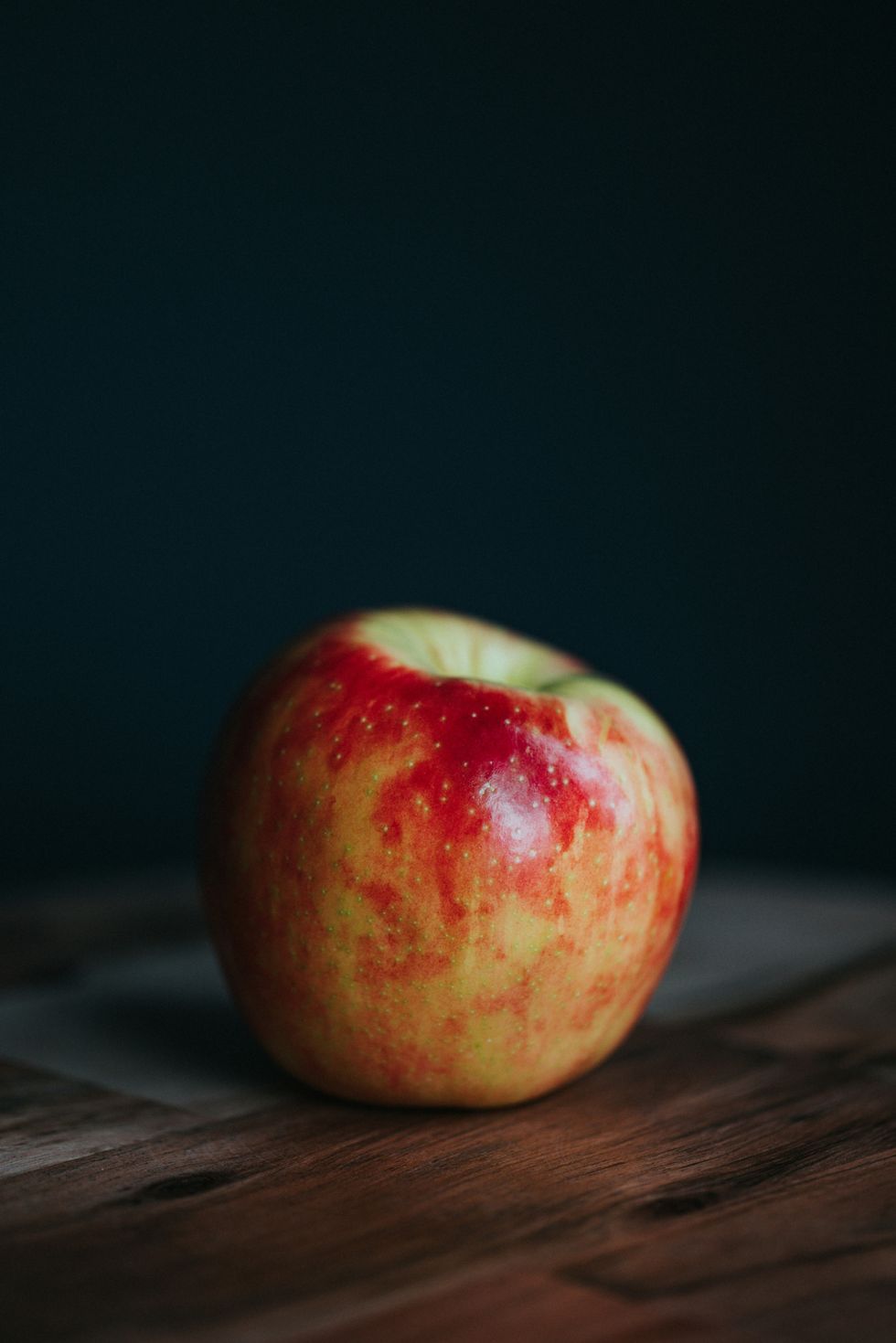
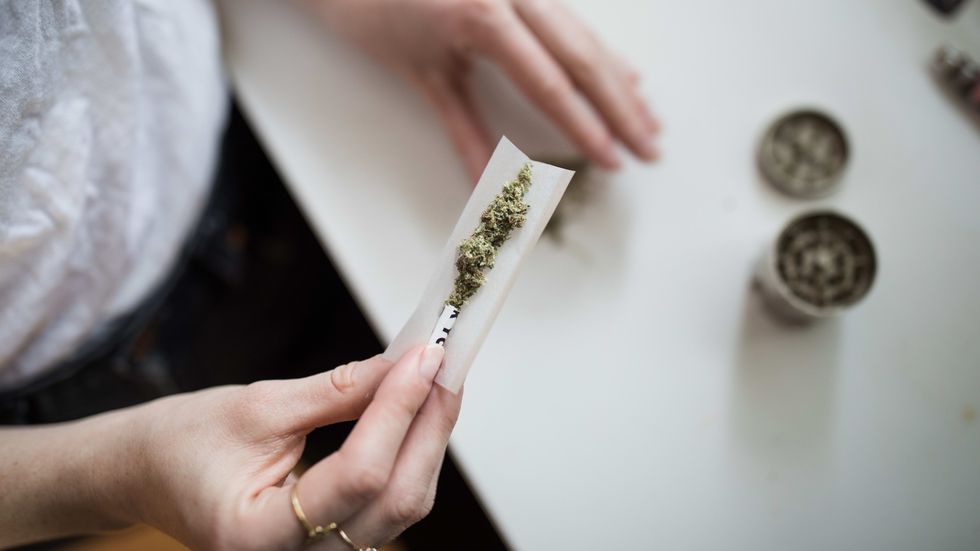 The Best Weed Smoking Games to Try
The Best Weed Smoking Games to Try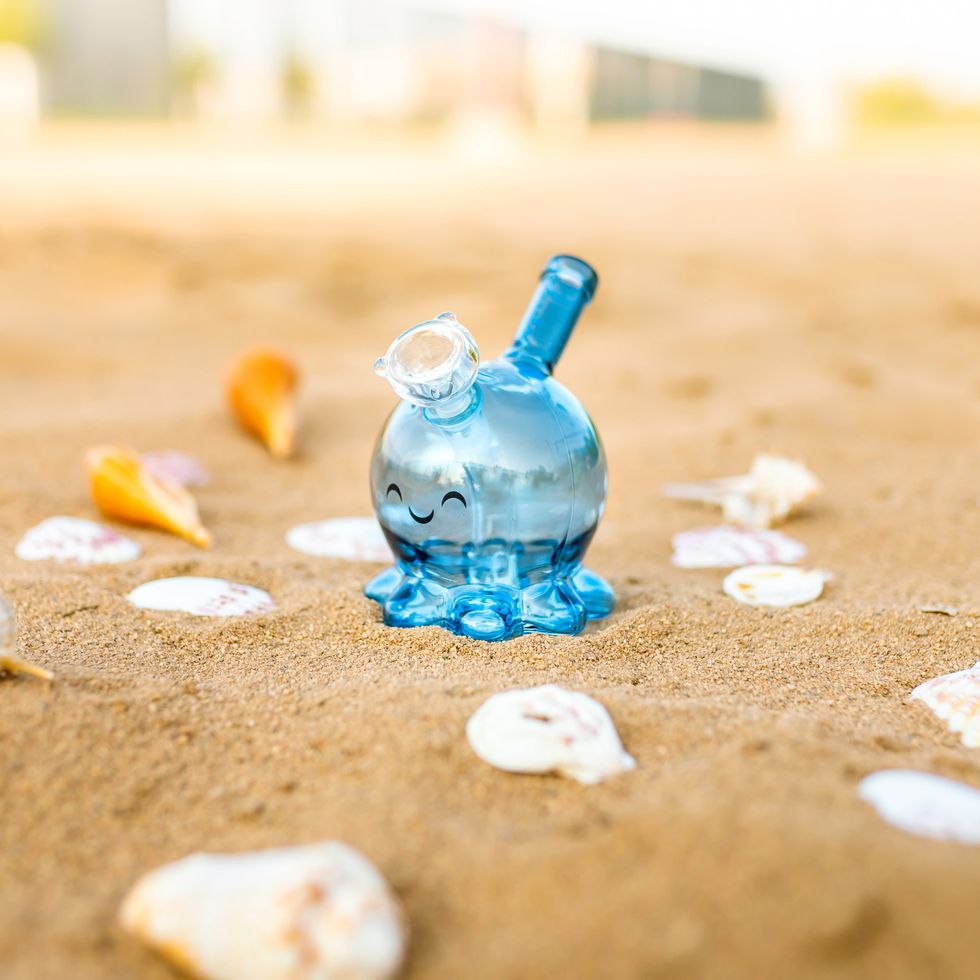
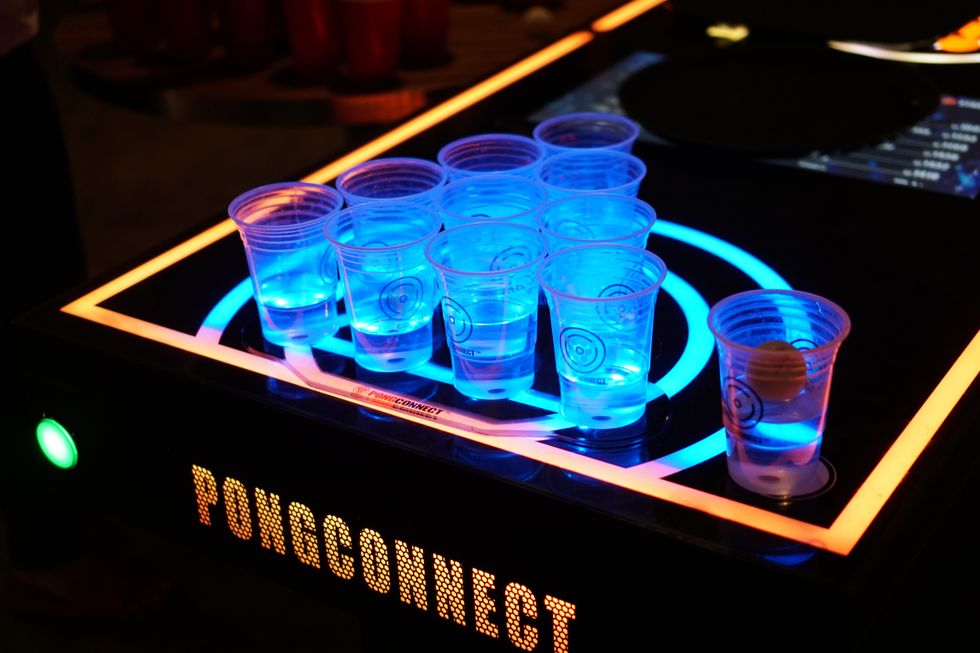 The Best Weed Smoking Games to Play
The Best Weed Smoking Games to Play The Best Weed Games to Play
The Best Weed Games to Play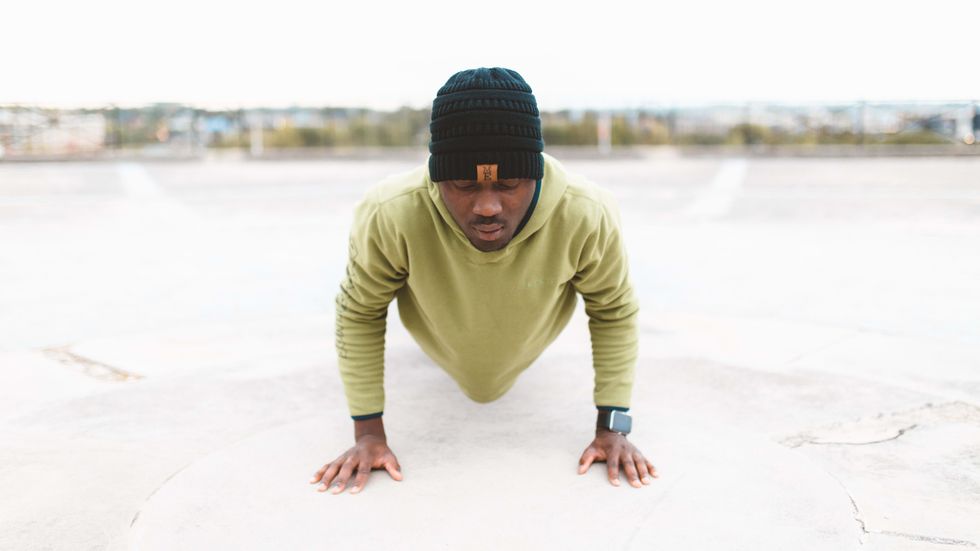 The Best Weed Smoking Games to Try
The Best Weed Smoking Games to Try The Best Weed Smoking Games to Play
The Best Weed Smoking Games to Play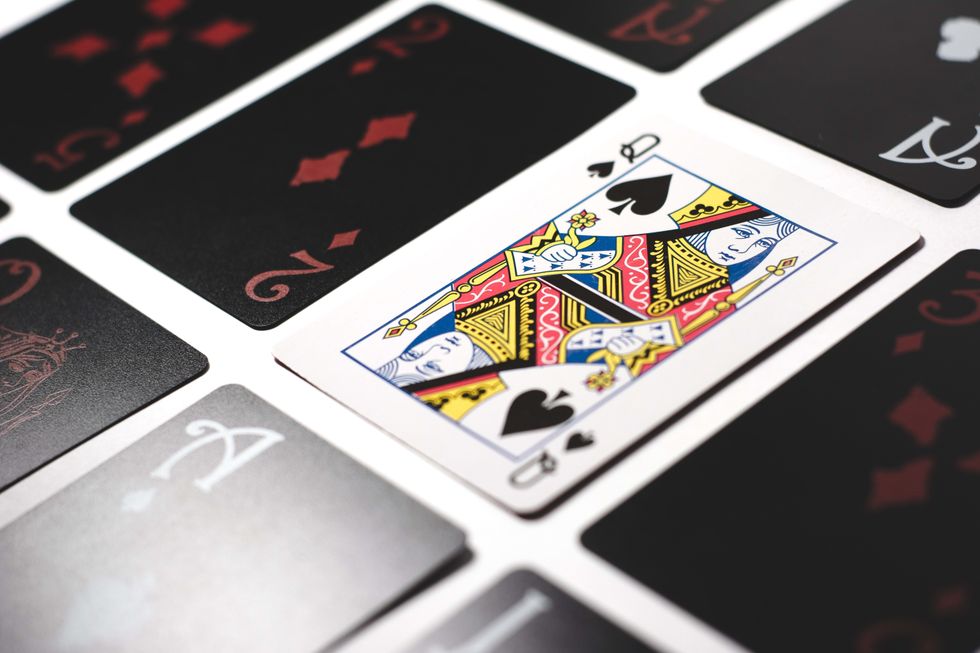 The Best Weed Smoking Games to Try
The Best Weed Smoking Games to Try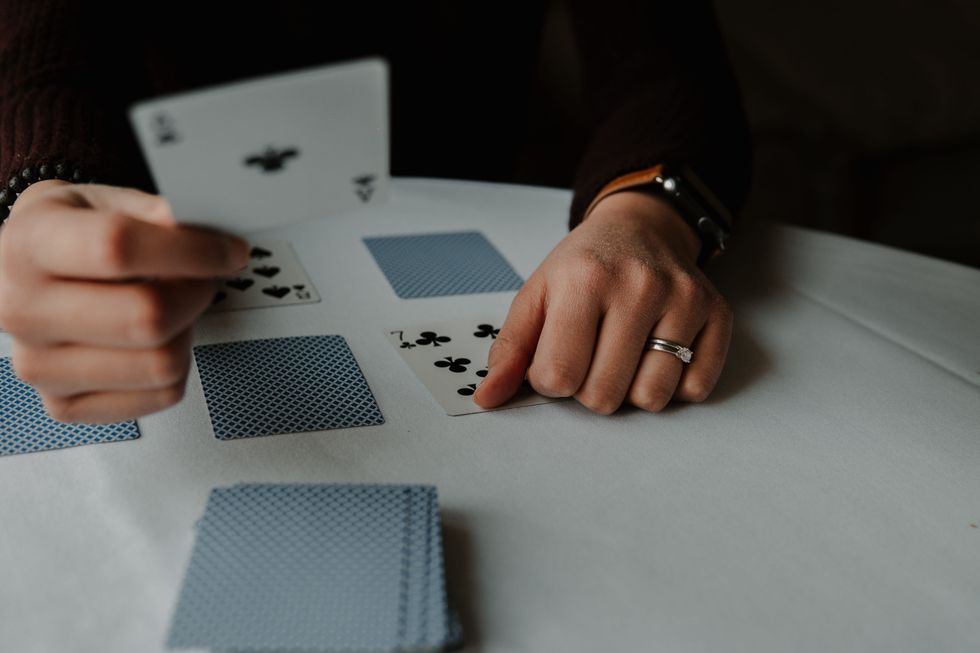 Games for Stoners
Games for Stoners 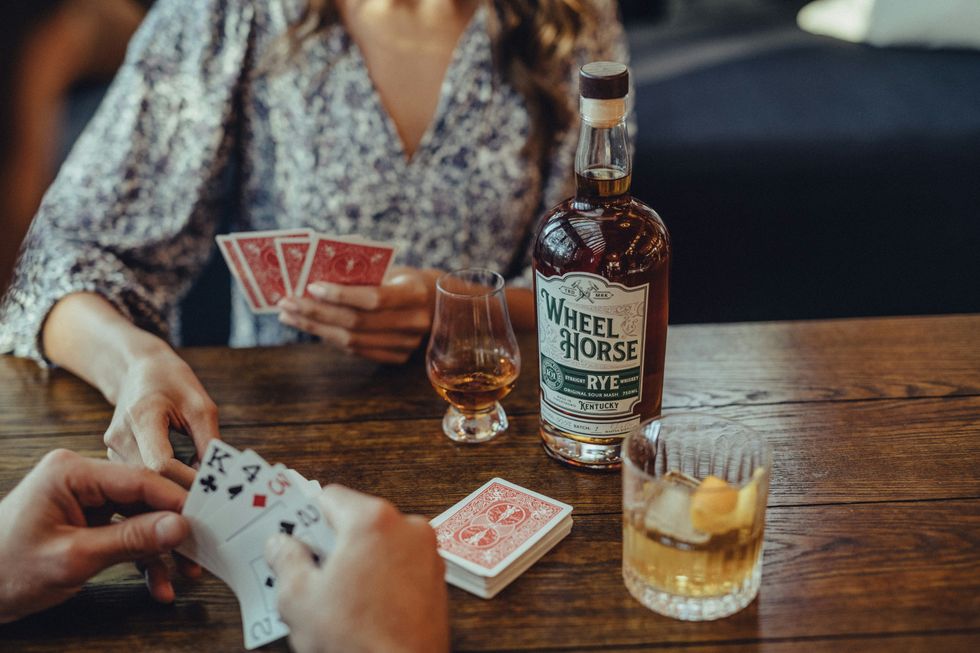 woman in white and blue floral shirt sitting beside woman in white and black floral shirtPhoto by
woman in white and blue floral shirt sitting beside woman in white and black floral shirtPhoto by 
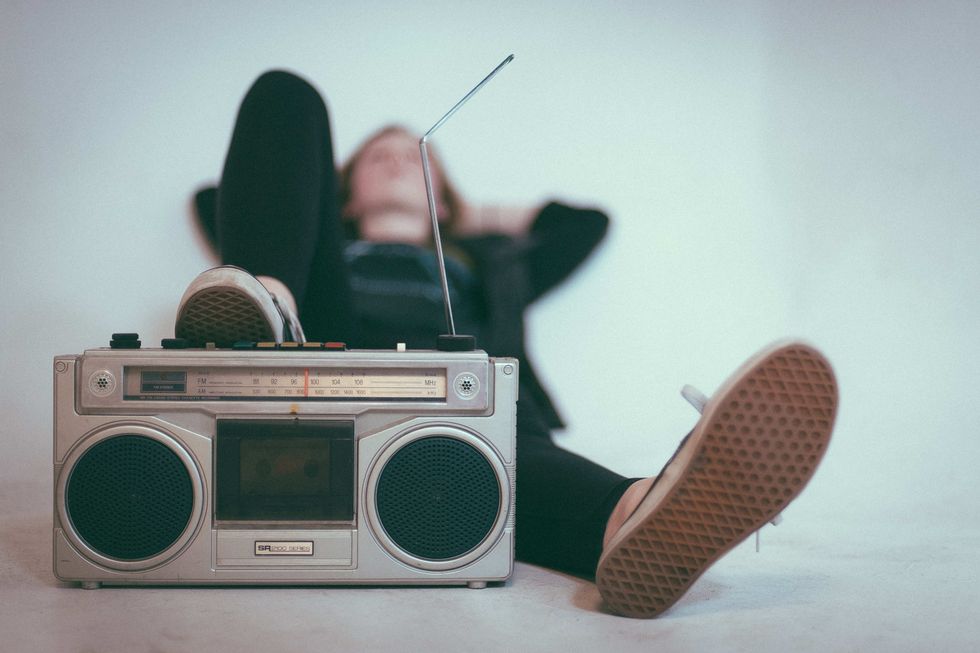 The Best Weed Smoking Games to Play
The Best Weed Smoking Games to Play
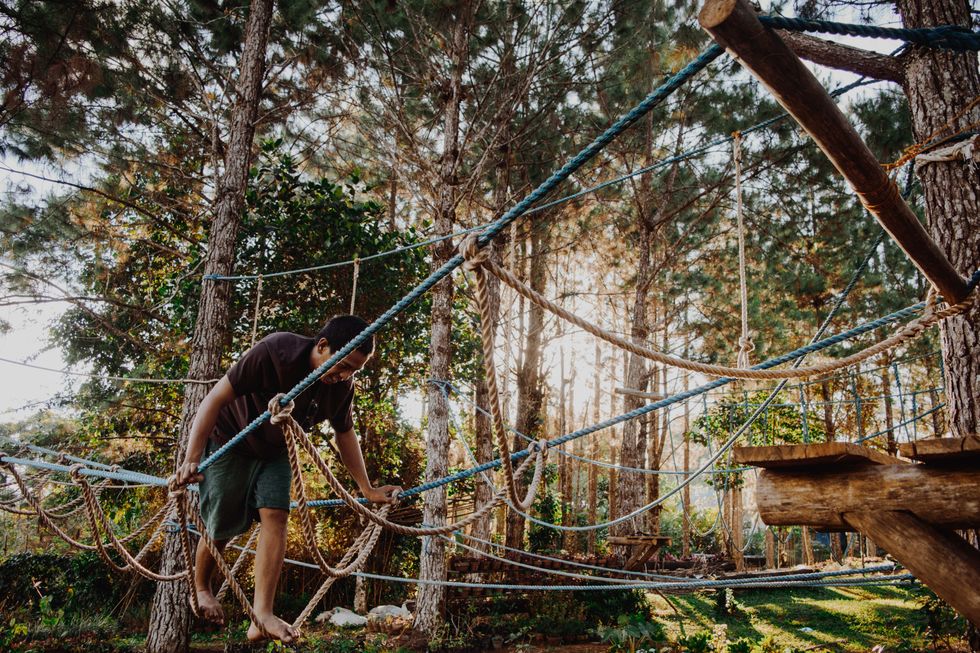 The Best Weed Smoking Games to Try
The Best Weed Smoking Games to Try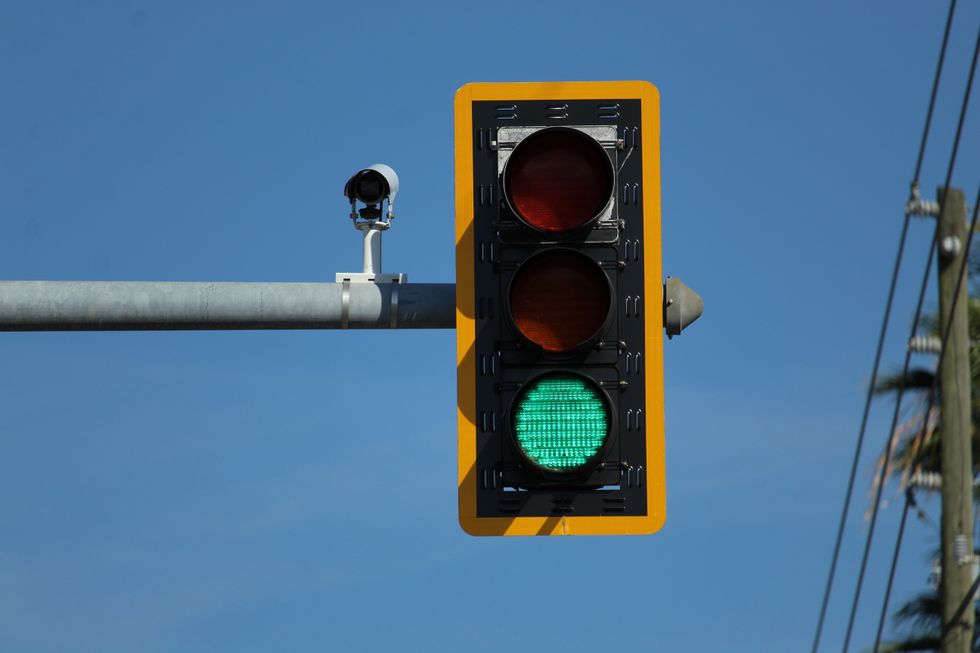 The Best Weed Smoking Games to Try
The Best Weed Smoking Games to Try world map with pinsPhoto by
world map with pinsPhoto by 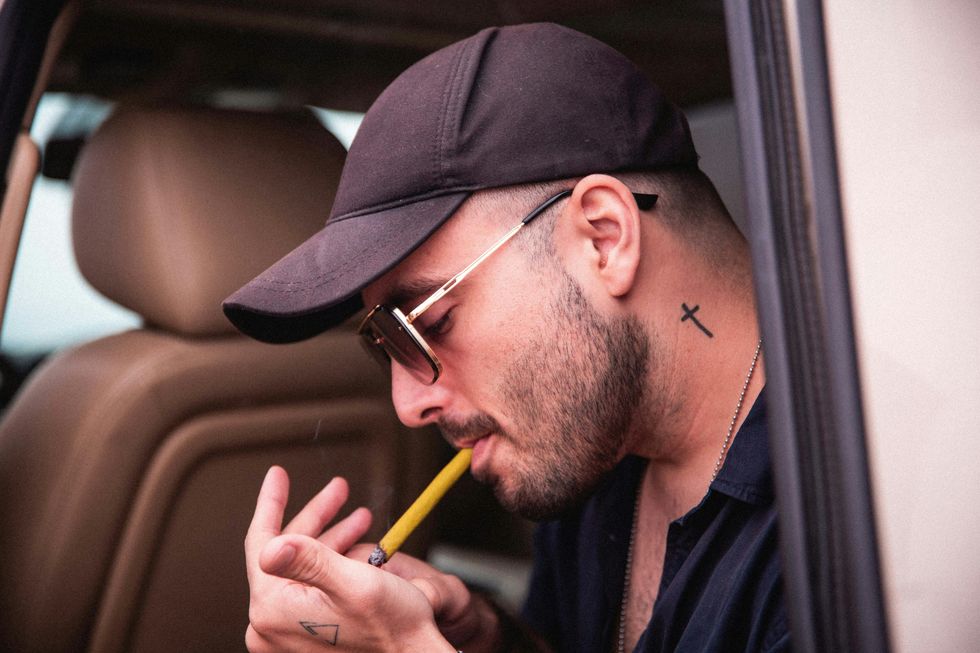
 The Best Weed Smoking Games to Try
The Best Weed Smoking Games to Try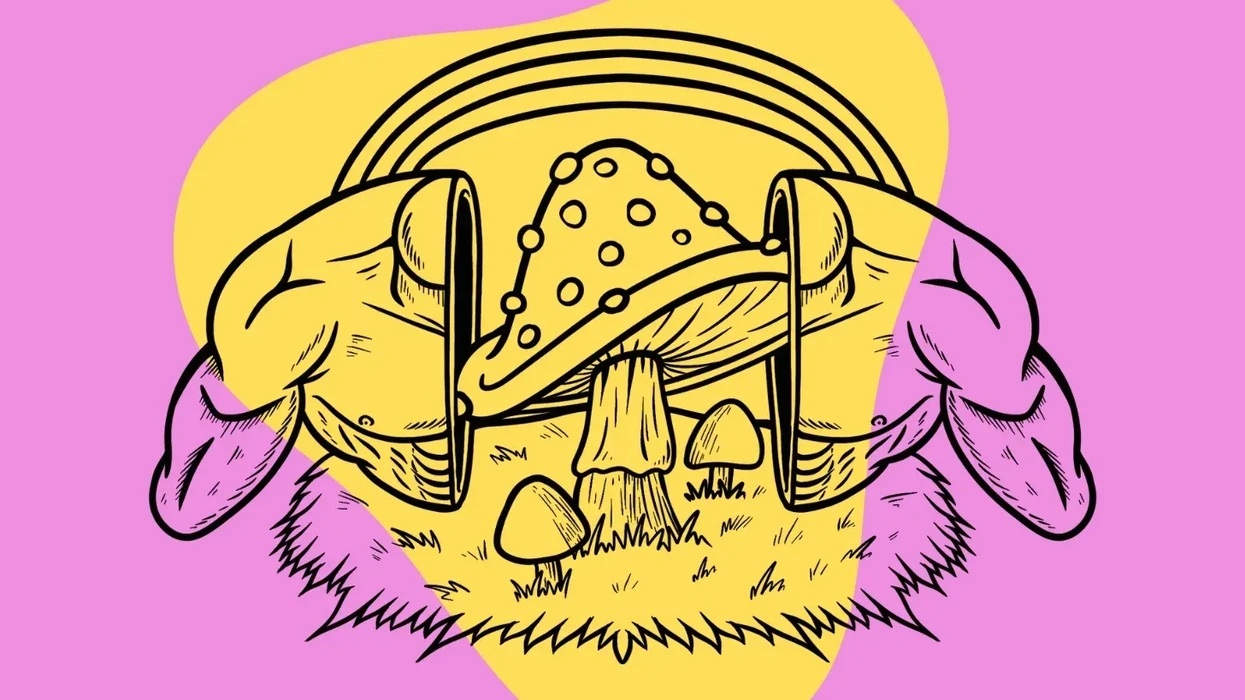
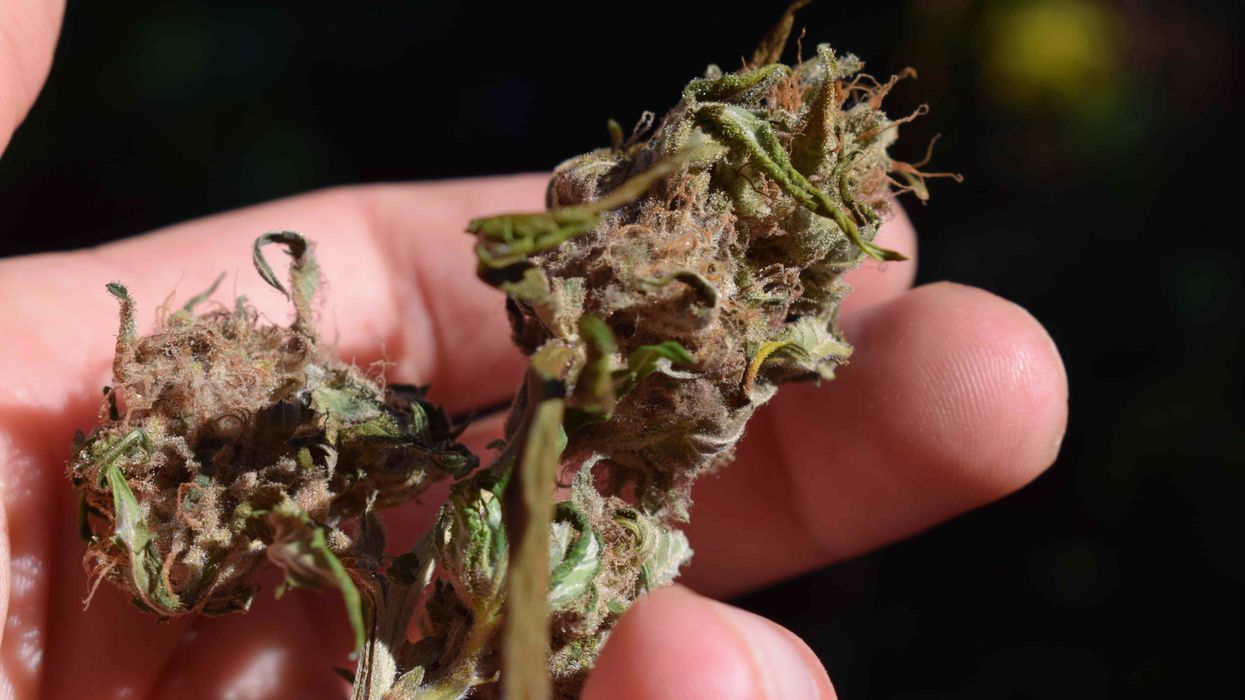
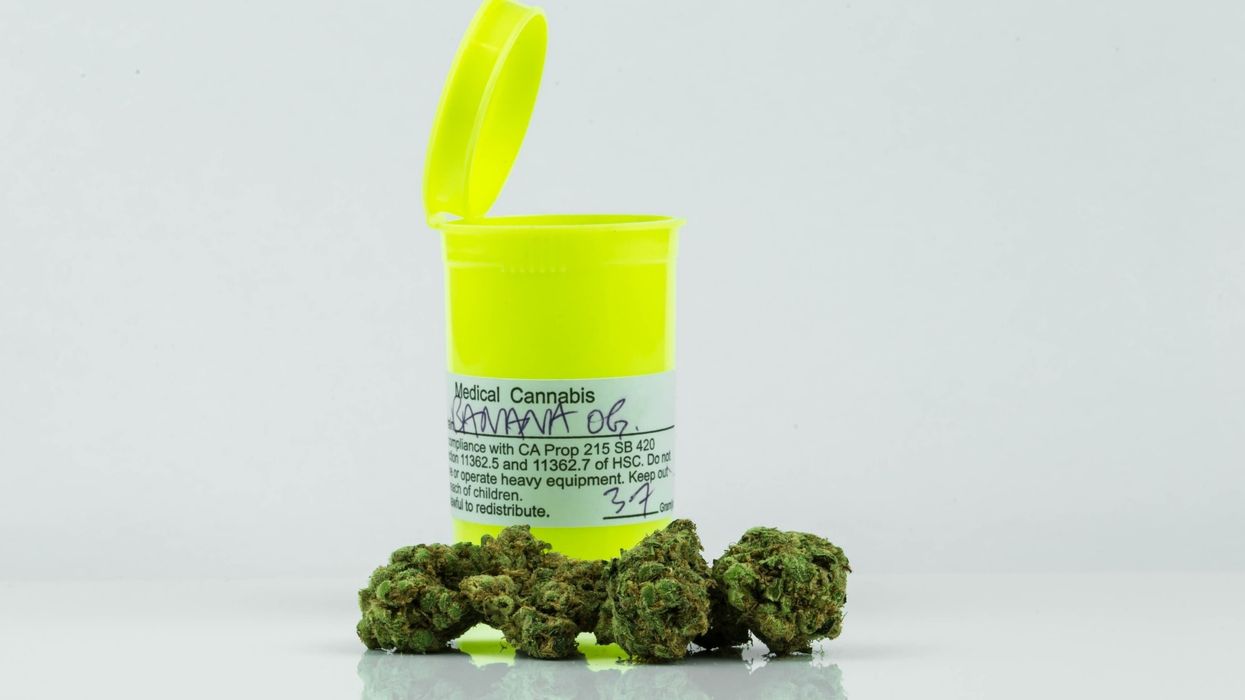
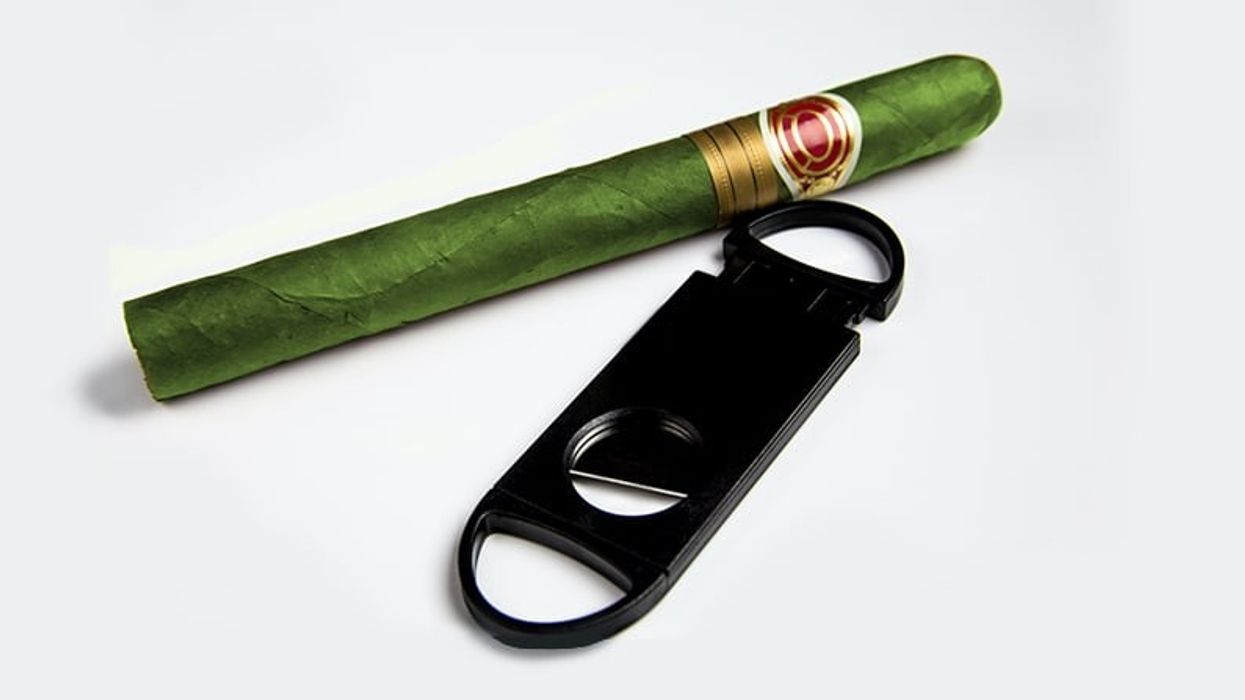

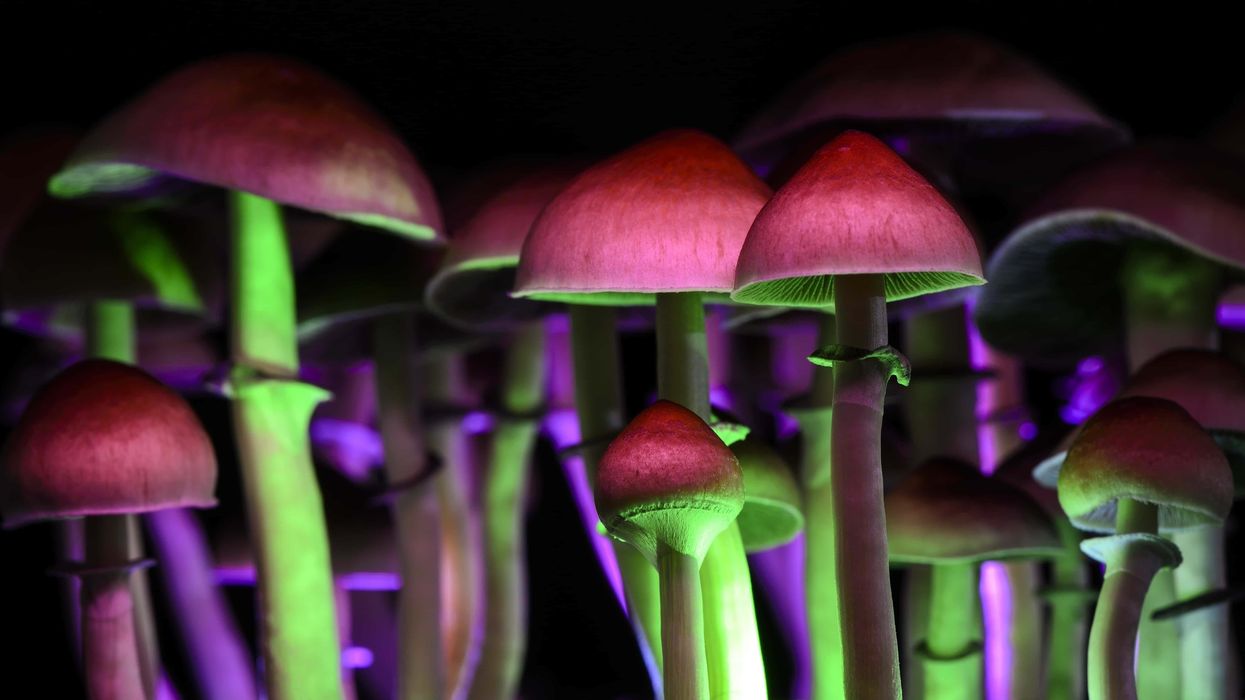

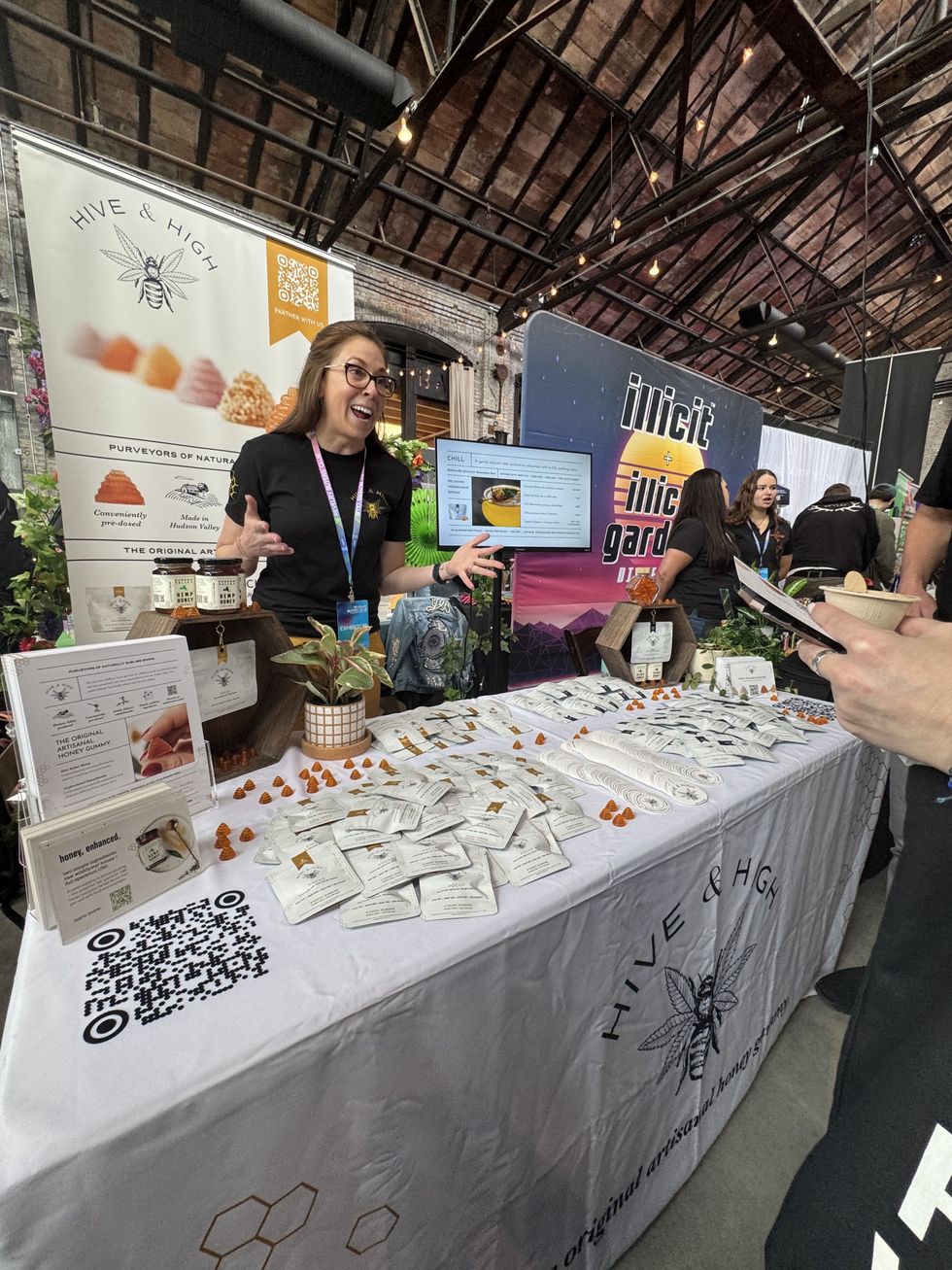
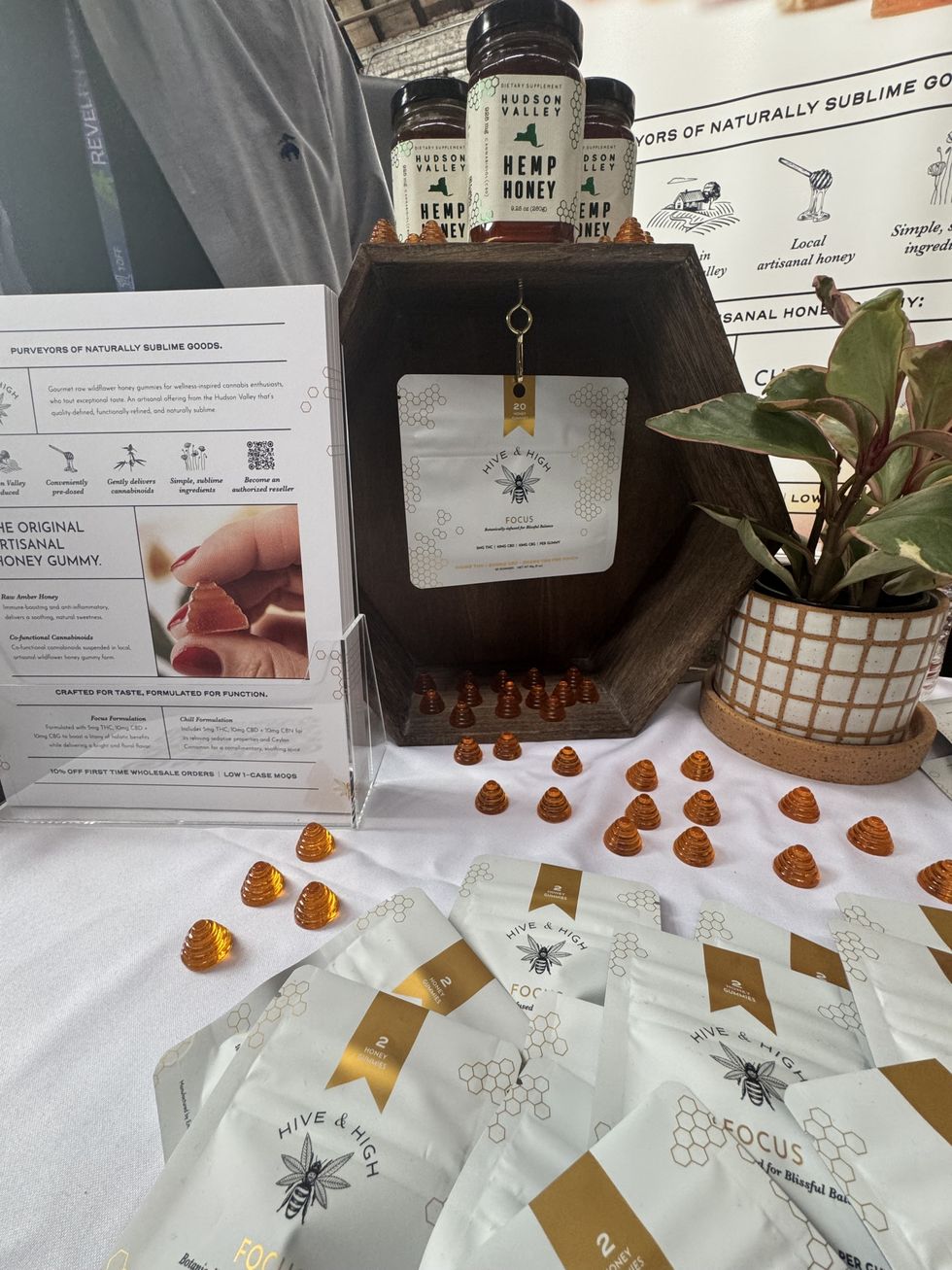

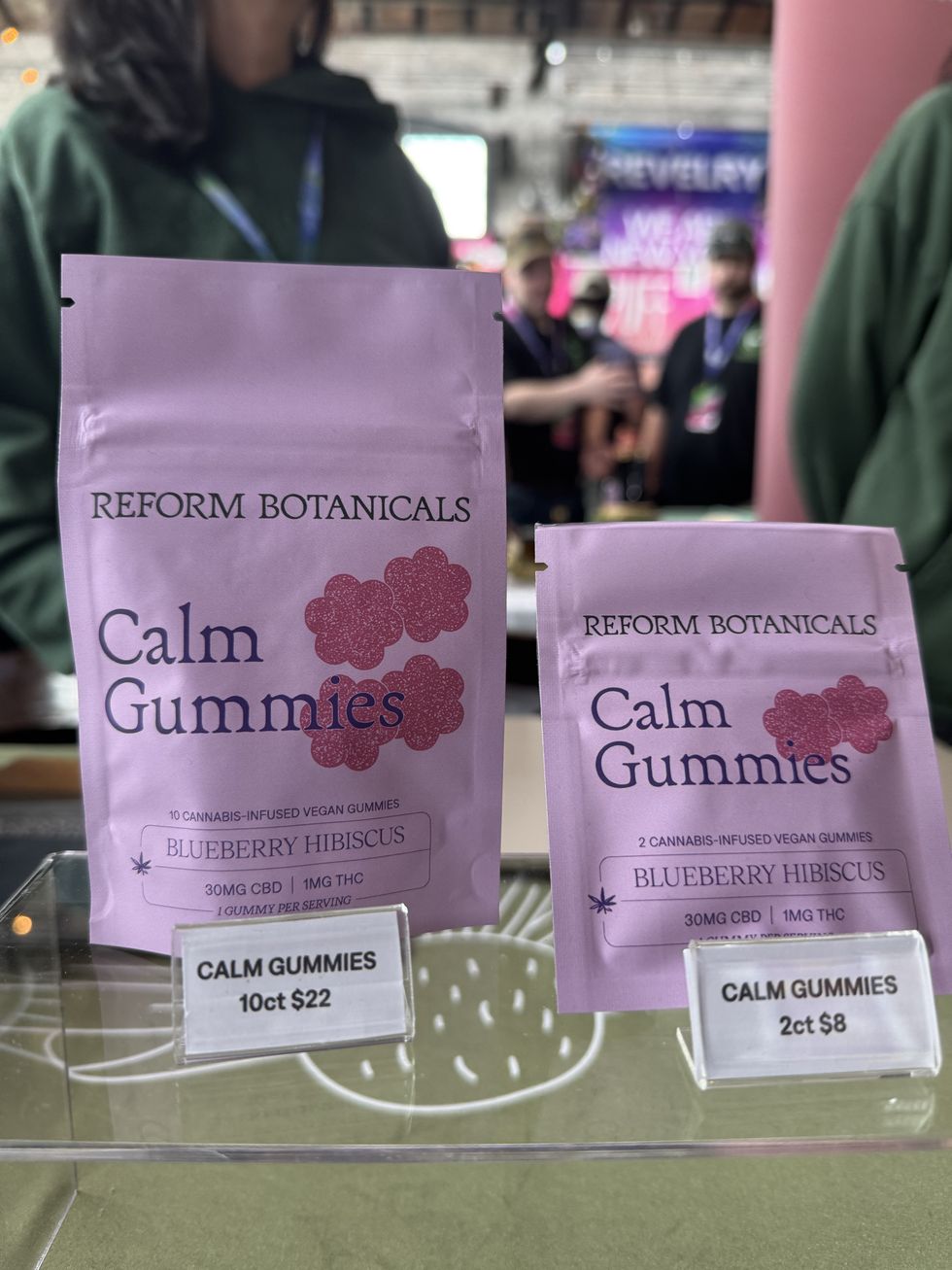
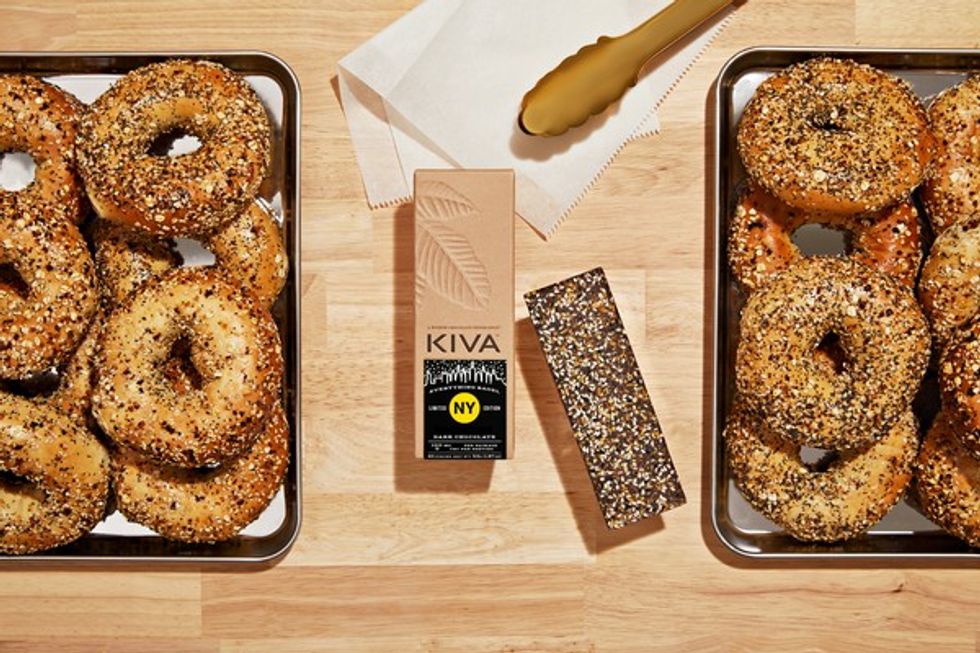


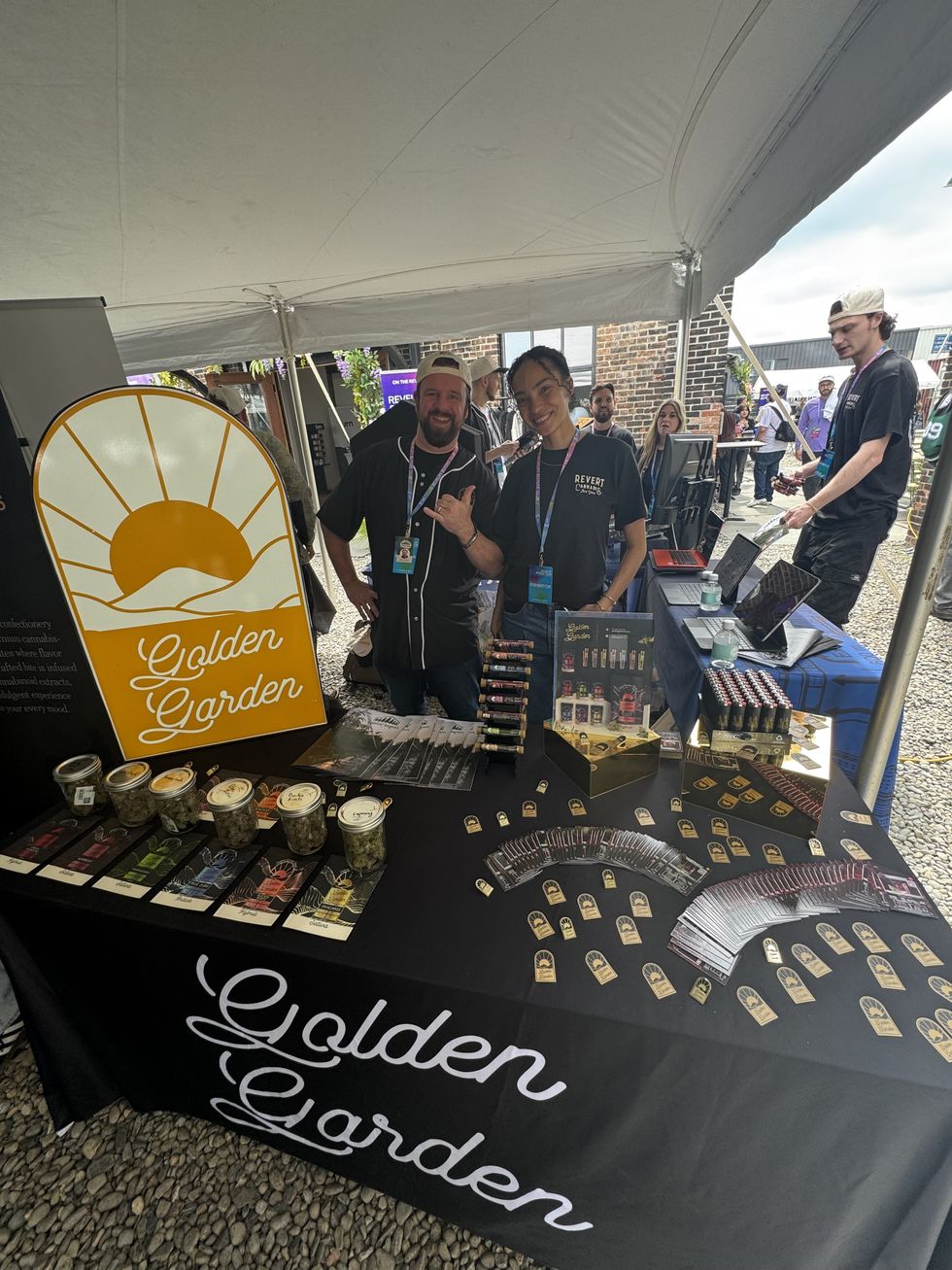

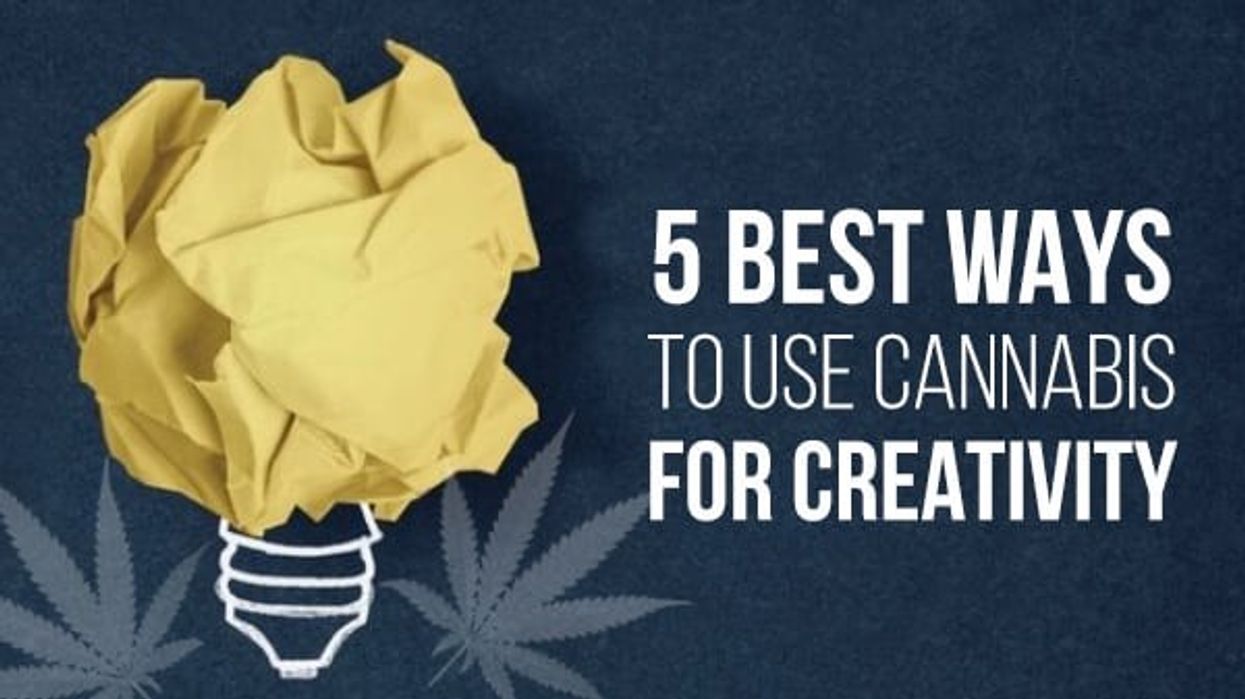
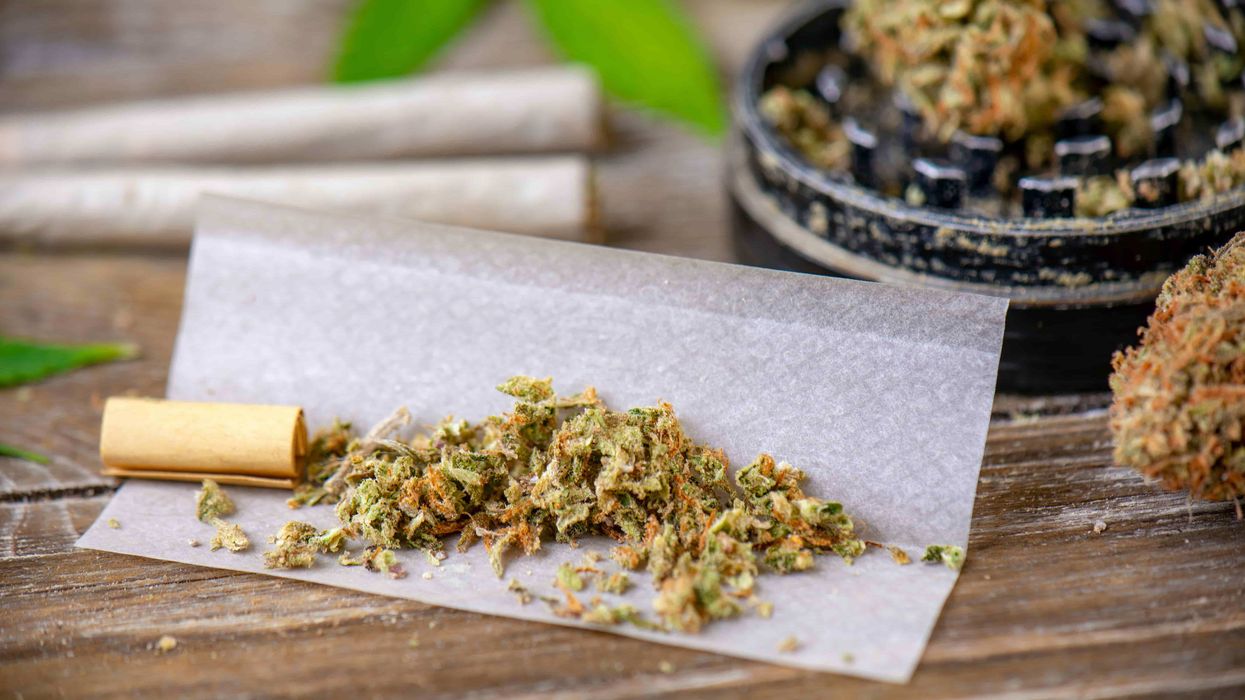

 Can Drug Dogs Smell Edibles? - The Bluntness
Photo by
Can Drug Dogs Smell Edibles? - The Bluntness
Photo by 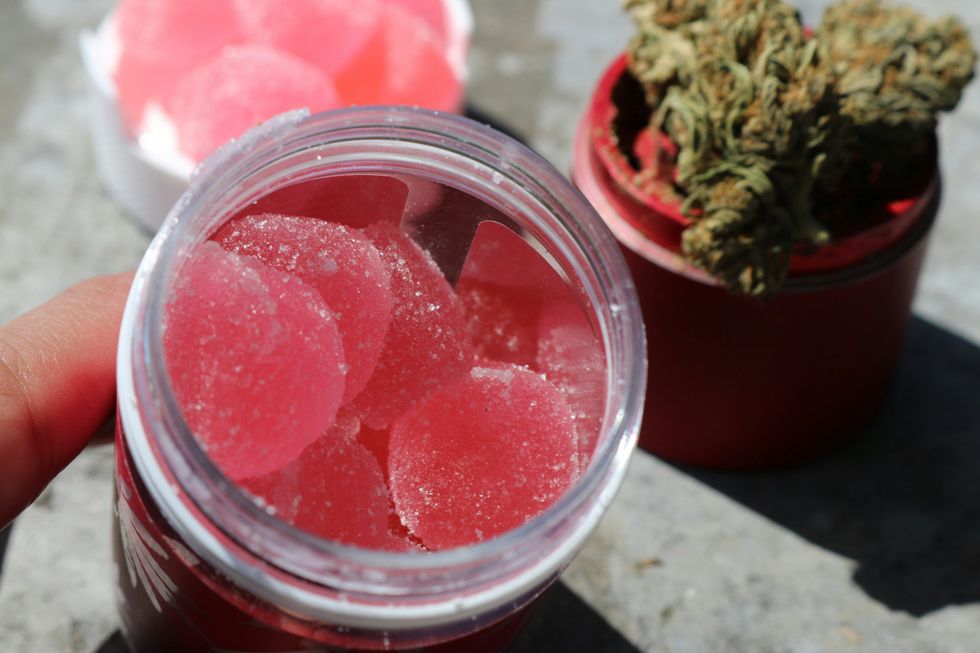 Can Drug Dogs Smell Edibles? - The Bluntness
Photo by
Can Drug Dogs Smell Edibles? - The Bluntness
Photo by